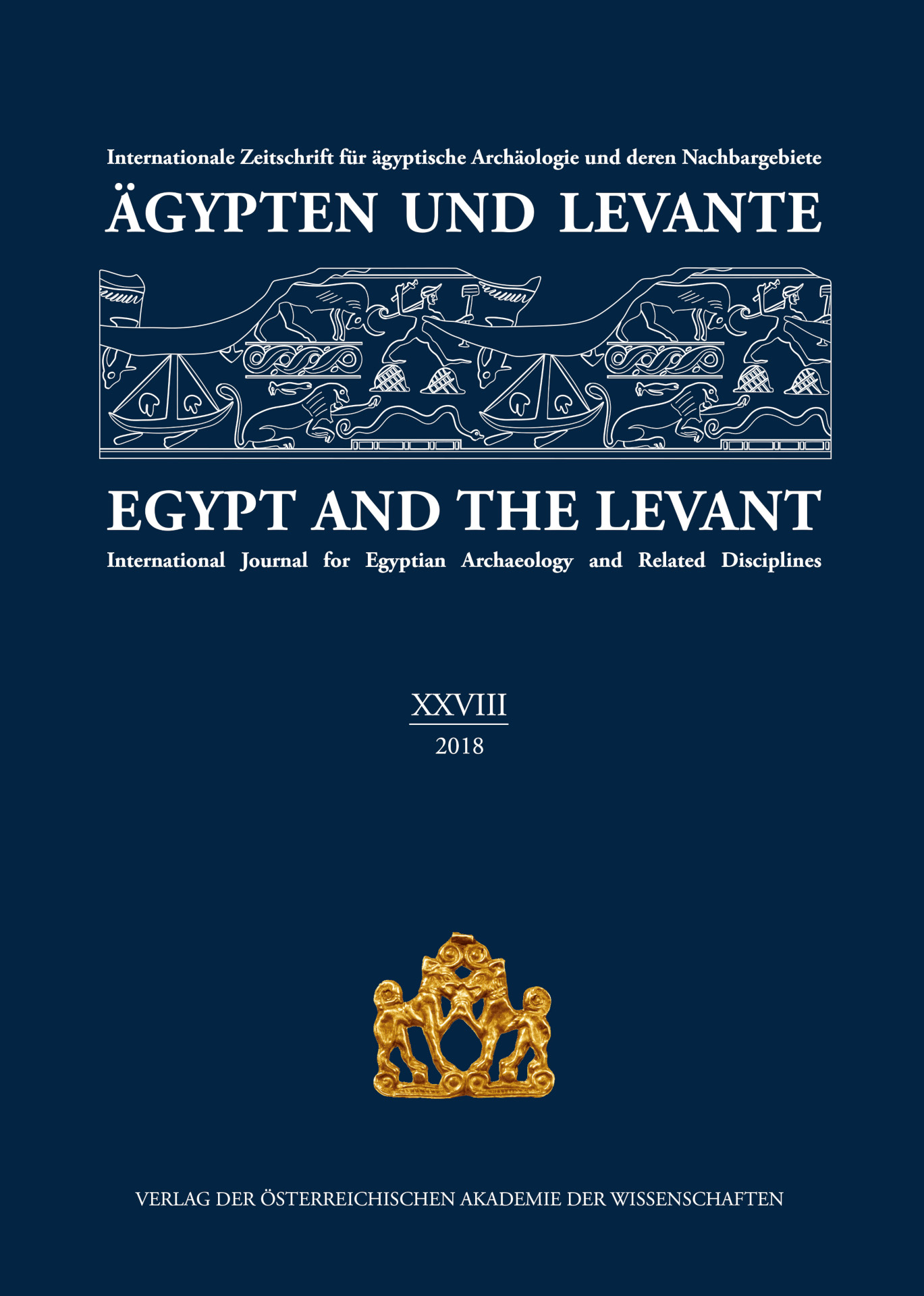
Ägypten und Levante 28, pp. 169-180, 2019/02/26
Internationale Zeitschrift für ägyptische Archäologie und deren Nachbargebiete
International Journal for Egyptian Archaeology and Related Disciplines

Scholars observed that pyramid shape hills or rocks (so called ‘natural pyramids’) in some cases are related to tombs, and some attention was paid to this phenomenon in the past, but focusing only on individual cases. So far, the subject was never studied in a broader context. The aim of this paper is to explore and examine such landmarks in ancient Egypt in order to understand, how this idea developed, and how such structures were interpreted and utilised. Several archaeological sites where such structures are attested were visited and analysed in the context of funerary landscapes (the research included spatial, chronological and textual researches). As a result, it is clear that such mountains and rocks were conceptualised as pyramids. Some of them were seen as structures meaningful on their own, i.e. they were not substitutes for man-made pyramids. These form an previously overlooked aspect of Egyptian funerary landscapes showing how ancient Egyptians projected their beliefs on the landscape and how they used the landscape to evoke status and religious symbols.
Keywords: Religion, Funerary landscape, Pyramids, Tombs.